A Beginner's Guide To Lifting Weights
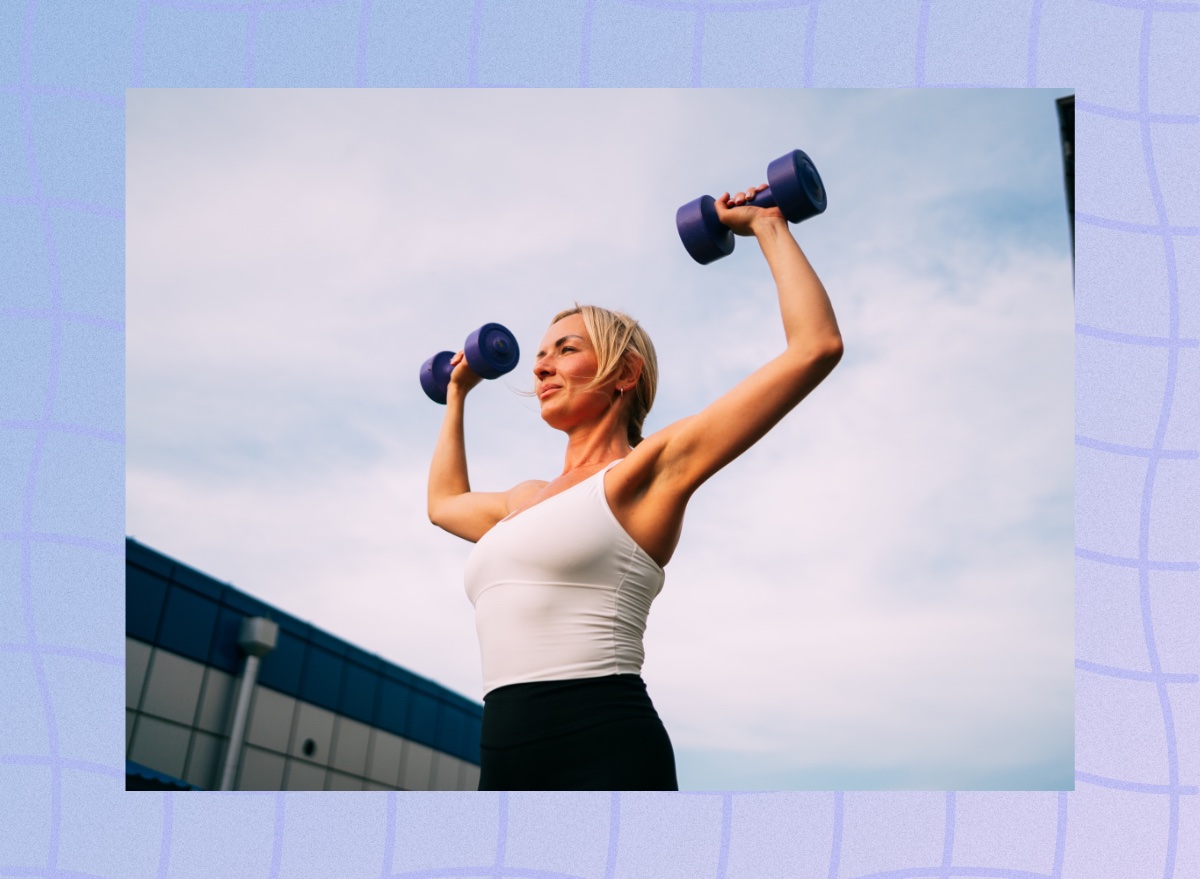
Lifting weights is an incredibly effective way to achieve your goals, whether you're looking to build muscle, increase your strength, or enhance your overall fitness. But diving into weightlifting can feel daunting for beginners, with questions swirling around proper form, equipment, and which exercises to do. This beginner's guide to lifting weights is your roadmap to demystifying the world of weightlifting, equipping you with the knowledge and confidence needed to kickstart your lifting journey.
As a certified strength and conditioning specialist (CSCS), I'm here to share some insider tips and tricks I've picked up in my training and coaching experiences. We'll cover what you should know before you get started, the essentials of what you need to start lifting weights, and the best weight-training exercises for beginners.
Now, let's jump into the ultimate guide to lifting weights for beginners.
What to know before you start lifting weights:
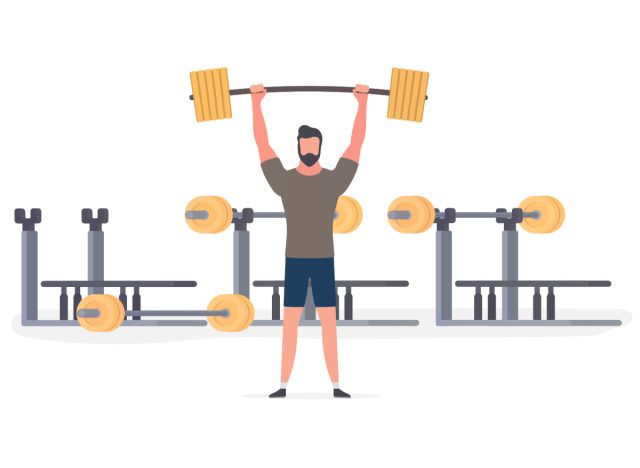
Before you dive headfirst into lifting weights, let's cover some basics to set you up for success.
First, nailing down your form is like putting the right foundation under a sturdy house—it's essential. Instead of getting caught up lifting heavy right out of the gate, focus on refining your technique. Start light, feel the movements out, and gradually work your way up.
Next, focus on recovery. As the saying goes, train hard and recover harder. Putting in solid workouts is fantastic, but what are you doing for the other 22 to 23 hours of the day? Prioritize a simple yet effective warm-up and cool-down. Spend five to 10 minutes each morning and night running through simple mobility or foam rolling. These "micro-sessions" might not seem like a lot, but they add up quickly, and your body and gains will thank you!
And hey, let's talk consistency—the real MVP of any lifting journey. It's not about going all-out for a week and then ghosting the gym for a month. It's about showing up regularly, doing the work, and letting those gains stack up over time. Track your efforts so you have something to reflect on and see all your progress, especially on those tough days when the needle seems to be not moving.
What you need to start lifting weights:
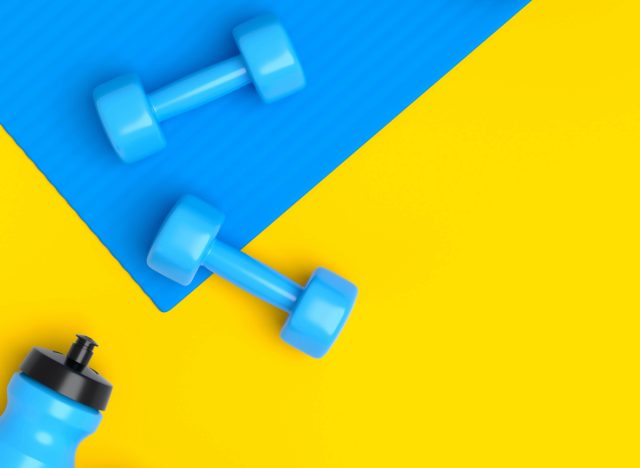
One of the beauties of weightlifting is its simplicity; you don't need a fancy gym membership or elaborate equipment to get started. However, a few essentials will enhance your lifting experience.
First and foremost, invest in a sturdy pair of athletic shoes with good support to provide stability during your workouts. Comfortable workout attire that allows for a full range of motion is also important.
Regarding equipment, a set of dumbbells, adjustable dumbbells, kettlebells, or resistance bands are versatile and somewhat affordable options for beginners. As you progress, you may want to incorporate other equipment, such as barbells or a weight bench, but these aren't necessary to begin.
If you were to ask me what my go-to beginner set-up would be, I'd recommend a set of adjustable dumbbells (versatile, convenient, and space-saving) along with an adjustable weight bench. There's not much you couldn't do with these two pieces of equipment.
Finally, remember hydration and nutrition—fueling your body with proper nutrients and staying hydrated will optimize your performance and recovery.
The best weight training exercises for beginners:
When kickstarting your weight training journey, focusing on compound exercises simultaneously targeting multiple muscle groups and providing efficient and effective workouts is important. Relying on compound exercises and progressing your workouts, slowly but surely, will help you achieve any goal, whether it be strength, muscle size, endurance, or weight loss.
While there are plenty of incredible bodyweight exercises for beginner—bodyweight squats, lunges, pull-ups, push-ups, and glute bridges, to name a few—here are some of the best exercises for beginners that involve weight training equipment:
1. Squats
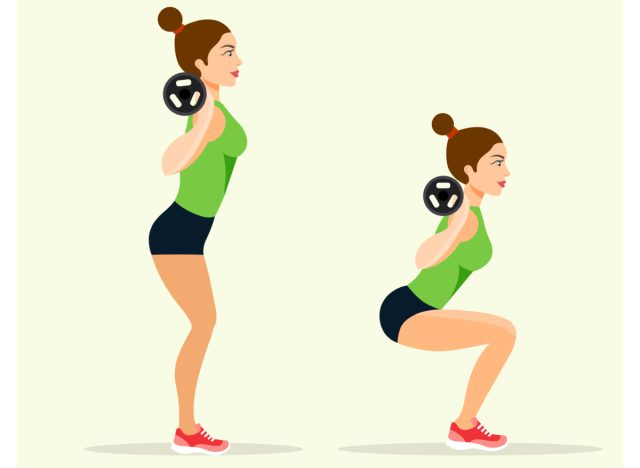
Squats are a fundamental lower-body exercise that targets the quadriceps, hamstrings, glutes, and core. Start with bodyweight squats to master the movement pattern, then gradually add weight as you become more comfortable. Explore goblet squats or dumbbell/kettlebell front squats before moving on to barbell variations.
2. Deadlifts
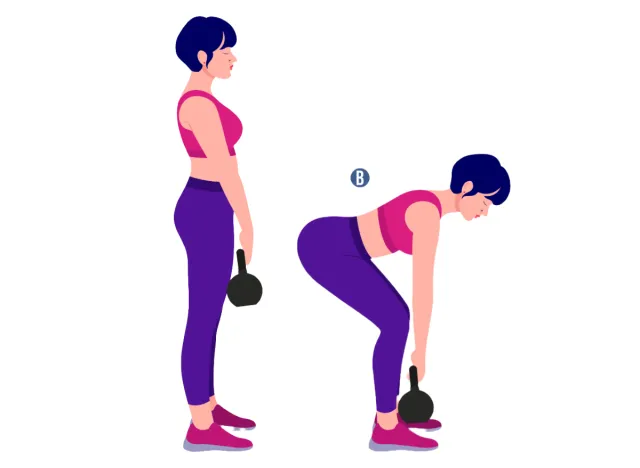
Deadlifts work the entire posterior chain, including the hamstrings, glutes, lower back, and core. Begin with light weights or even employ kettlebell or dumbbell deadlifts to perfect your form before increasing the load or using a barbell.
3. Bench Press
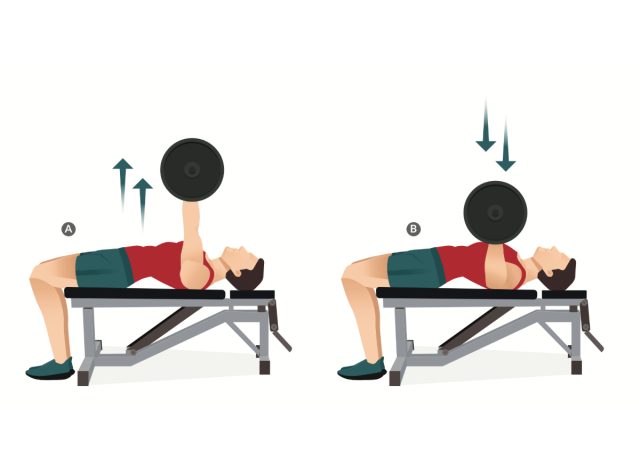
The bench press is a classic upper-body exercise primarily targeting the chest, shoulders, and triceps. Start with a manageable weight and focus on maintaining proper form throughout the movement. If the barbell bench press presents itself as quite the foe, turn to dumbbell bench press options to build strength and confidence when starting your workout journey!
4. Bent-over Rows
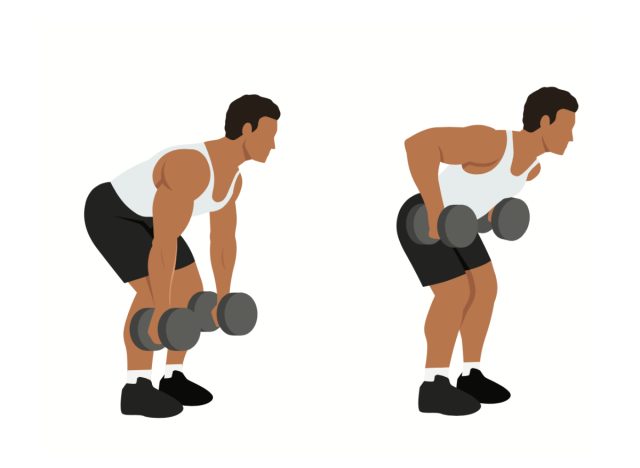
Bent-over rows are an excellent exercise for building strength in the upper back, lats, and biceps. Use dumbbells or a barbell, and ensure your back remains straight throughout the movement to avoid strain.
5. Overhead Press
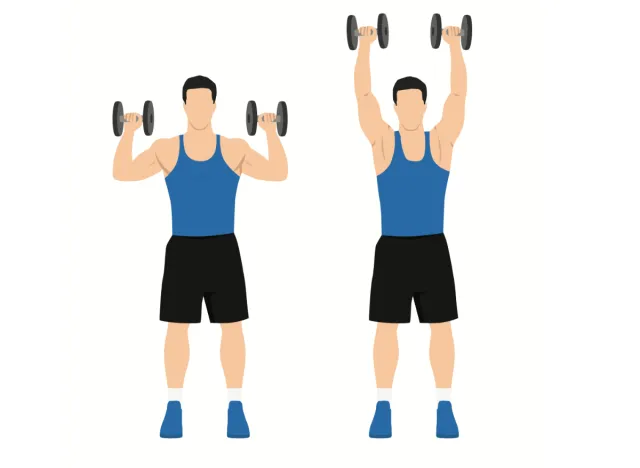
The overhead press targets the shoulders, triceps, and upper chest, helping build strength and stability. Start with lighter weights and focus on pressing the weight directly overhead with control. Conquer dumbbell overhead presses before progressing to barbell presses.
Plug these exercises into your workouts with proper form and gradually increase the weight as you become stronger. Remember to prioritize consistency and correct form, and listen to your body to ensure a safe and effective lifting experience. As I always say, conquer your basics before mastering the barbell.









